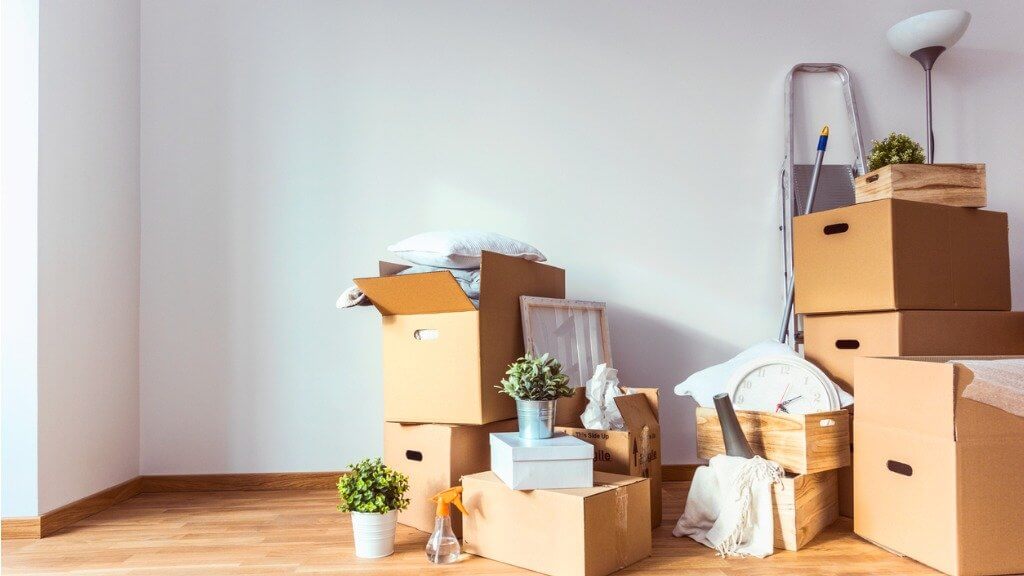
One rather interesting trend spanning from the past 18 months of COVID-affected life is the swathe of new house buyers coming to the market.
With lockdown having allowed many caged-up couples and individuals to suddenly save enough for a house deposit, the market is booming with first-time buyers.
If you’re one of those, you’ll know getting the deposit together is only the first part of the conundrum. Once you’ve secured your house, you need to fill it with all of life’s essentials – not least furniture – but how do you do that on a tight budget?
Prioritise your essentials
It’s all well and good buying the trendiest, most expensive chest of drawers on the market, but it’ll look awfully strange sat in an empty room when you realise you can’t afford anything else.
When buying furniture for your home, start with the absolute essentials and go from there. Your bed, chairs, sofas, and essential storage (wardrobe/drawers) should be your first ports of call. Indeed, if you are planning to spend, that should be where the bulk of your budget goes – the items you need and use the most.
Divide and conquer with your budget
Once you know your overall budget, the most sensible way of figuring out how to distribute it effectively is by dividing it by the rooms in your new home.
Decide how much you want to spend in each room (you can give each room a different weight of spending depending on what you need) and start buying furniture that fits within your limit.
By splitting your budget beforehand, you can ensure your bedroom spending doesn’t go too far and leave you with less for the living room or kitchen, for example.
Quality over quantity?
A curious point to consider when working to a tight budget, but if you buy quality furniture over budget alternatives, you’re likely going to find it more cost-effective in the long run.
Well-built furniture tends to last much longer than cheaper stuff. Indeed, it’s often a case of ‘you get what you pay for’ with key fixtures, making (carefully selected) pricier items better value overall. Of course, paying for it may present a challenge, but investing in quality now is generally the more financially sound decision for the future.
As a side note, you can always upcycle less essential or older furniture in your home to supplement your higher spending on core items. It’s a low-cost option that’ll help balance out your budget – and it’s great for the environment.
Buying your first home comes with plenty of financial demands, furniture being one of the biggest. However, if you’re sensible with your spending, focus on the essentials and go for quality, you should find it accessible to fill out your home with all the fittings you need.